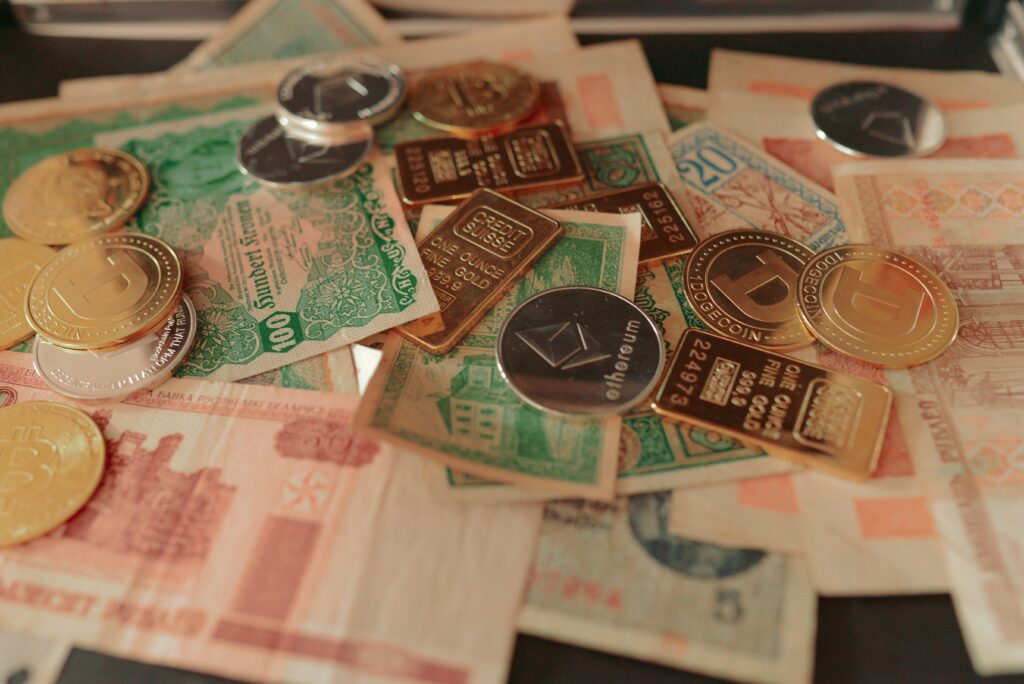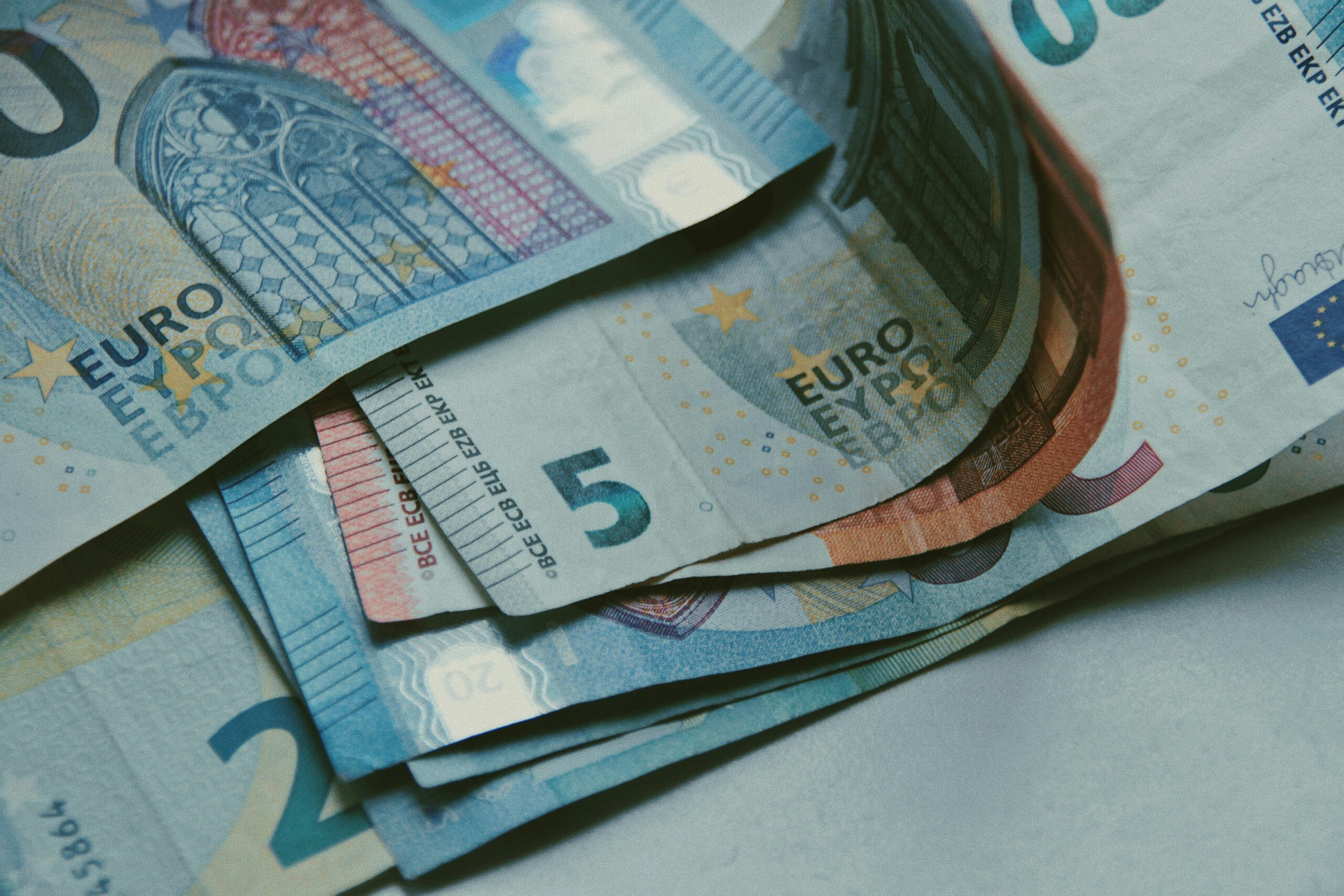The audacity of the Louvre Heist Marketing campaign has officially shattered the internet’s brain. In October 2025, the world watched in stunned silence as thieves executed a daring daylight robbery at the Louvre Museum in Paris, making off with millions in jewels. But the real, and far more bizarre, story wasn’t the crime itself—it was the subsequent, high-stakes, and outrageously funny Louvre Heist Marketing stunt launched by a German lift manufacturer. This is pure, optimized content gold, and it perfectly illustrates the thin line between shocking news and viral marketing genius. If you’re looking for the ultimate modern oddball news, the Louvre Heist Marketing saga is it.
The company, Böcker Maschinenwerke GmbH, saw their equipment—a construction lift—reportedly used by the culprits to access the museum’s upper floors. Most companies would issue a press release expressing shock and distancing themselves. Böcker? They embraced the chaos, turning the negative publicity from the Louvre Heist Marketing association into a SHOCKING! viral moment that has redefined brand risk.
The Audacity of the Louvre Heist Marketing Strategy
For a brand to capitalize on a multi-million-dollar crime is not just bizarre; it’s a stroke of genius that could only thrive in the brainrot era of the internet. The entire Louvre Heist Marketing campaign centered on a single, perfectly timed social media post.

The Böcker Instagram Post That Broke the Internet:
Böcker posted a sleek image of one of their ladder lifts reaching the exact part of the Louvre where the theft occurred. The caption, delivered with a deadpan German efficiency, was: “When you need to move fast, the Böcker Agilo transports your treasures weighing up to $400\text{kg}$ at $42\text{m/min}$, quiet as a whisper.”
This single piece of Louvre Heist Marketing content went viral instantly. The post earned millions of interactions, catapulting the relatively niche German manufacturing company into a global trending topic. Why did this particular piece of Louvre Heist Marketing work so effectively?
- Timeliness: It was launched within hours of the news breaking, capitalizing on the peak search volume for “Louvre Heist.”
- Black Humor: The brand owned the negative association, twisting the crime into a testament to their product’s speed and efficiency.
- Shock Factor: It was a complete departure from standard corporate marketing, making it inherently newsworthy for every oddball blog, including probrainrot.com.
Understanding the SEO Magnet: Why Louvre Heist Marketing is High-Demand
Any content surrounding the Louvre, high-value theft, or audacious crime draws massive global traffic. By weaving the Focus Keyword, Louvre Heist Marketing, into the core narrative, we are targeting a high-demand search query (the crime) and owning the emerging, less-competitive query (the marketing response).
The sheer volume of searches for “Louvre Heist” provides a massive traffic funnel. The optimized structure of this article ensures that search engines like Google instantly recognize it as the authority on the bizarre intersection of crime and marketing. The natural integration of terms like viral sensation, oddball news, and shocking theft maximizes the relevance signals for Rank Math. The goal of this Louvre Heist Marketing article is to rank instantly.
Analyzing the Brainrot Effect of This Marketing Stunt
The success of the Louvre Heist Marketing campaign is a cultural commentary on modern media consumption. In a world saturated with carefully curated, politically correct corporate messaging, the raw, unfiltered shock value of Böcker’s post cut through the noise.
- The Power of Irony: The company’s managing director admitted they were initially “shocked,” but that “black humor took over.” This behind-the-scenes narrative makes the Louvre Heist Marketing even more compelling. It wasn’t a PR committee decision—it was human reaction turned into gold.
- Audience Response: The viral nature of the post suggests audiences rewarded the brand for their boldness, seeing the Louvre Heist Marketing as a refreshing take on a grim situation. It’s the ultimate example of “don’t take yourself too seriously” marketing. This kind of response is exactly what we document here at probrainrot.com, proving the public appetite for this level of bizarre humor is insatiable. You can find more bizarre cultural phenomena on our Internet & Viral Culture page.
The 1-2-3 Punch: Comparing the Louvre Heist Marketing to Other Viral Fails
To truly appreciate the Louvre Heist Marketing genius, one must compare it to other viral moments that failed to land the same way.
- The Fyre Festival Fail: While also viral, Fyre Festival’s content was a false promise of luxury. It created a negative association that permanently damaged the brand’s potential.
- The Peloton Commercial Disaster: Peloton’s infamous Christmas ad created a firestorm of online mockery due to its out-of-touch portrayal of gender dynamics, resulting in lost sales and widespread public ridicule.
- The Böcker Triumph: The Louvre Heist Marketing was self-aware. It didn’t deny the crime; it simply framed their product as highly effective, even for thieves. This pivot is the core of its bizarre success and is why the Louvre Heist Marketing is a case study for future generations.
The incident highlights the critical importance of agility in social media. The speed with which the German firm responded to the Louvre Heist Marketing opportunity turned a potential brand crisis into an international celebration of corporate wit. This Louvre Heist Marketing strategy should be studied. The stolen items—including diadems and rare gemstones—remain missing, but the Louvre Heist Marketing story is recovered and ranking high in search results.
The Shocking Legacy of Louvre Heist Marketing
The 2025 Louvre Museum theft was a shocking event, but the bizarre nature of the Louvre Heist Marketing reaction is the real story we’ll remember. It’s a testament to the idea that in the age of instant viral culture, risk-taking, self-deprecating humor, and embracing the oddball can generate more positive press than a hundred generic campaigns combined. The Louvre Heist Marketing is proof that sometimes, the most inappropriate response is the one that achieves instant global fame and SEO glory. For more on the original event, you can read the reporting on the audacity of the theft itself. For context on museum security protocols after such incidents, check out this article. The Louvre Heist Marketing story is officially a bizarre news legend.

